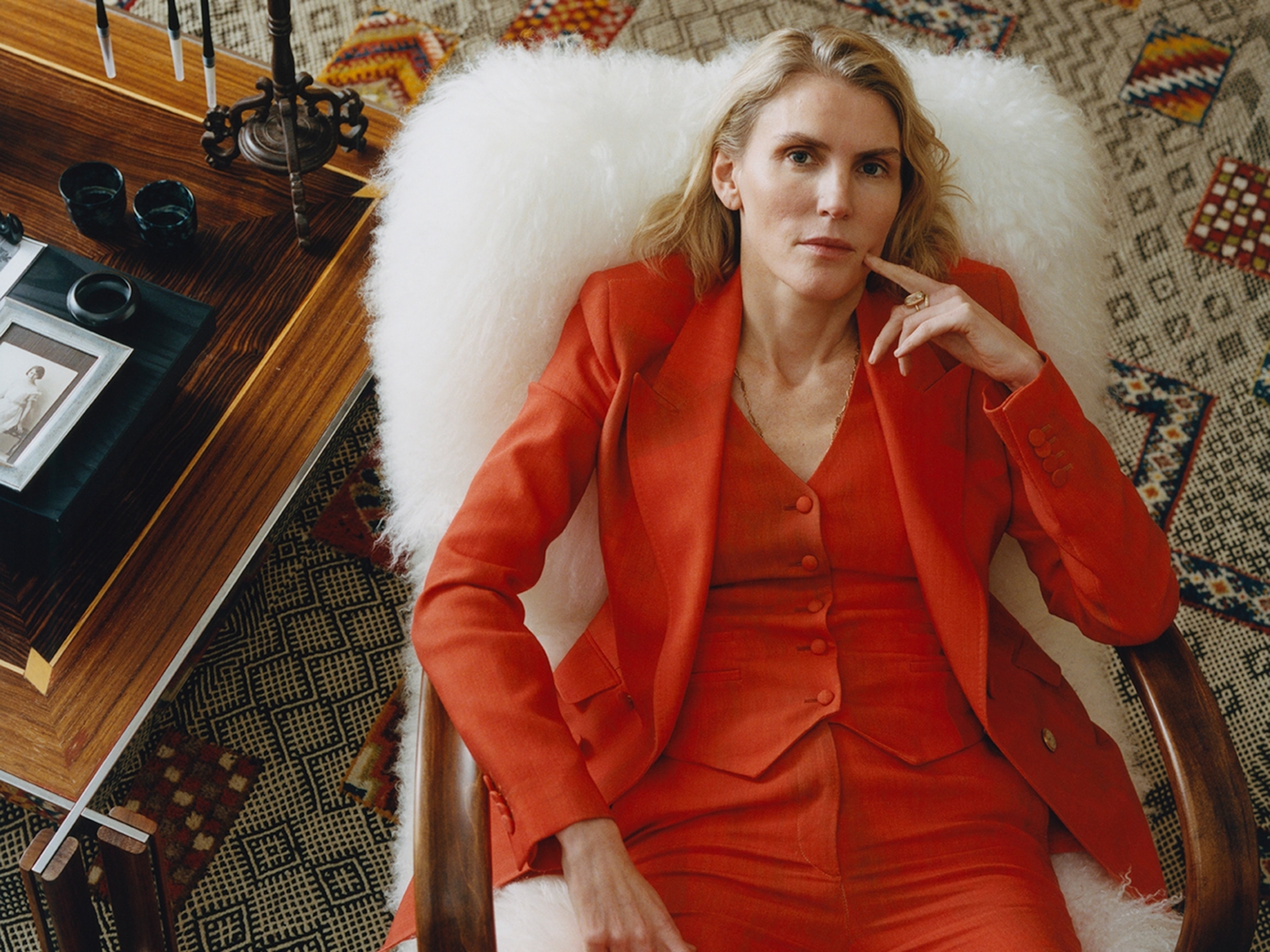
Chinese brocade is intricate and stunning. Here’s where to find the real deal.
This complex cloth once reserved for the elite is finding new life on fashion runways.
Flames, beasts, weapons, and stars flow from wooden looms to embellish brocade, a 1,300-year-old fabric once reserved for China’s elite and now popular with young fashion designers.

This art form is so complex that even veteran craftspeople produce only about two inches of textile a day. Traditional looms can be 18 feet long, have thousands of parts, and require dozens of steps to operate by artisans, who sing ballads to memorize the process. From this creative matrix emerges luminous cloth with patterns woven from silk, gold, and peacock-feather yarn.
The earliest examples of Chinese brocade are from the Tang dynasty (A.D. 618-907). Regional varieties developed across the country, including in Nanjing and Chengdu, home to silk museums where tourists can now buy authentic brocade scarves and bags.
(Plan the ultimate Silk Road adventure through Central Asia.)
The complicated fabric cannot be replicated by factories. “It can be woven only on the traditional loom,” says Feng Zhao, honorary director of the China National Silk Museum in Hangzhou. This authenticity appeals to older Chinese people, who appreciate brocade “from their hearts,” Zhao says, and view it as a proud symbol of cultural heritage.

And increasingly, up-and-coming Chinese fashion creators are collaborating with traditional weavers to emblazon garments with symbols such as phoenixes, clouds, and dragons. Designer Chen Liwen last year launched a range of scarves and accessories targeted at Gen Z consumers that feature the hu bu tiger pattern. Ancient brocade, then, seems tightly threaded into China’s future.
This story appears in the November 2023 issue of National Geographic magazine.





